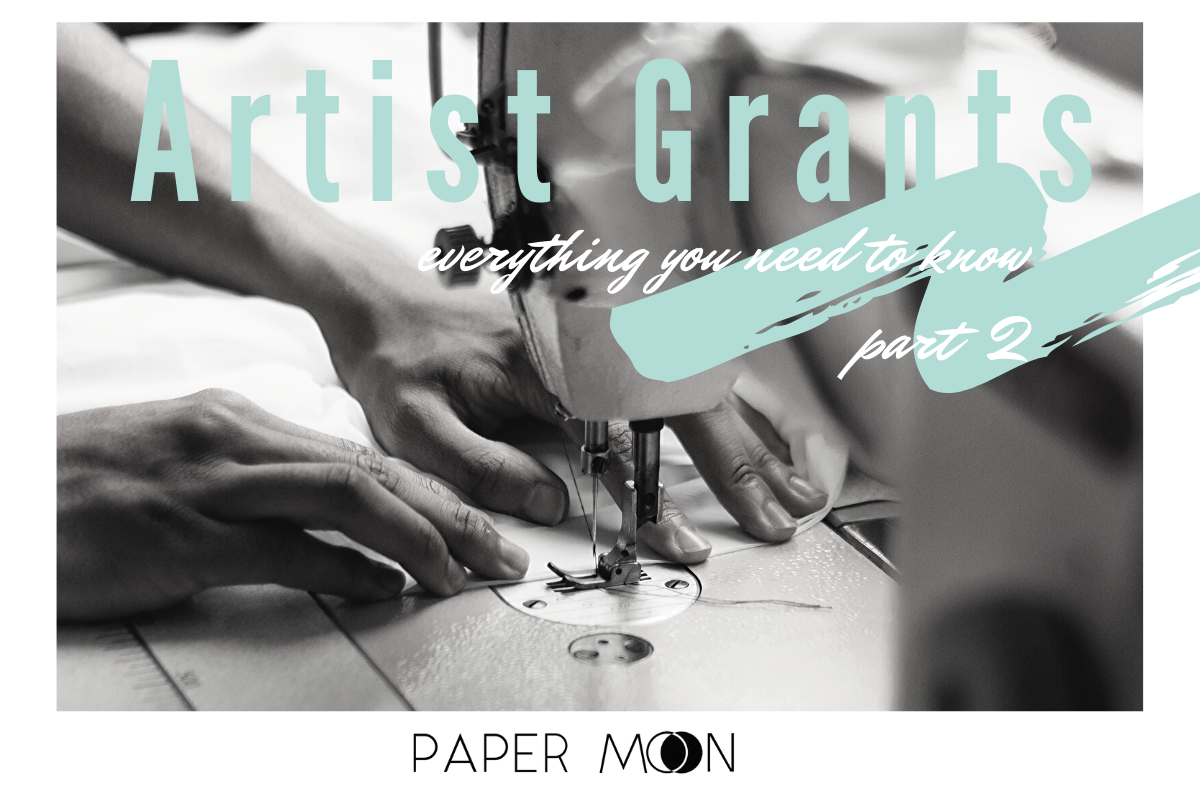Artist Grants - Everything You need to Know part 2
Where last we left off, we covered the essentials for grant preparedness for artists. Not up to date? Check out Everything You Need to Know part 1.
Once you have the essentials together in your grant portfolio, and you’ve done your grant research you can begin tackling grants. Before you put pen to paper, clarify your intentions for the grant funding you’re applying for. Foundations exist to invest in the professional development of artists. With that in mind, approach your grant with the intention to create a mutually beneficial relationship rather than asking for rent money.
Establishing a Narrative of your Practice:
As you brainstorm think about your practice narrative. Ask yourself the following questions:
Where are you in your career?
Where do you want to be?
What do you need to get there?
Identify your potential and what you need to ascend in your career and practice. Create a narrative for your practice that is true and consistent and use this as the basis for answering all your questions. If you need help getting started, check out our resources for first-time grant writers.
Answering Grant Questions and Prompts:
Answer every question asked. This seems simple and basic, but this is a bigger challenge than you think. Grant committees will toss out applications that are incomplete or do not respond to the prompts. Don’t worry about the strength of your writing, place more effort in your content. No one expects you to be Shakespeare – your website and work samples will speak to your talent, your answers should speak to your professional and personal vision.
Identifying Partners. If you are working collaboratively, have written and express confirmation from your partners! Do not assume partnerships will happen. Don’t promise anything you can’t deliver. If collaboration is dependent on funding, be explicit in the conditionality of the partnership, but always confirm participation from your partners.
Creating a Timeline. If you can’t paint a 90 foot mural in a month, do not promise a 90 foot mural in a month. If your work is dependent on anything (access to studio time, partners, weather, resources, travel) add extra time into your timelines. Assume something will go wrong, as inevitably it will. A grant is a promise to deliver. If you can’t deliver what you promised when you promised, you will likely be blacklisted for funding in the future.
What are the most common mistakes grant seekers make?
There are the basics: deadlines, completeness, tech problems, unresponsive references. But the biggest mistake a new grant seeker can make is not taking advantage of available resources! The grantmaker always has a person available to assist you in everything from attachment style and size, to what the ideal candidate looks like. Many have resources for writing, spell checking, proofing, drafting, encouragement, hand-holding, cheerleading, you name it. Native Arts and Cultures Foundation even has a list of other grants, fellowships, residencies and opportunities for artists. They want you to be successful, make the most of it!
Do you have other questions? Are you a first time grant seeker? We’re here to help. Drop a comment or send an email. And best of luck!
